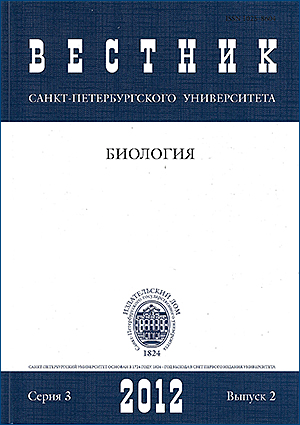Transformation of humic acids of buried soils
Abstract
The work focuses on the hypothesis that the organic matter of the soil is not conserved after burying, as some researchers suggest, but is gradually transformed and mineralized. To prove it, we consider three soils of varied burial ages in the forest-steppe zone. All the buried horizons feature a lower content of humus and have a composition altered against the control. In the conditions of acute shortage of fresh organic residues, readily hydrolyzing substances (fulvic acids) are decomposed faster. Humic acid tend to accumulate as they are more biothermodynamically stable. Therefore, the ratio Cha / Cfa is significantly higher in buried soils than in the control. Composition and properties of humic acids also change slightly after the burial of the soil. An increase in the degree of aromaticity is observed in the molecular structure of the humic acids according to the elemental composition and in the 13C-NMR spectroscopy. This growth is most pronounced for the youngest buried soil (400 years). In soils having a longer time of burial (1000 and 2000 years) an increase of the aromaticity is less pronounced. The study of the physiological activity of HA (in their effect on the algae cells Chlorella vulgaris) indicated a stimulatory effect on all selected samples of HA. However, it weakens in the HA of the buried soils, and becomes negative with increasing age of the burial, as indicated by the analysis of the curves of gross primary production.
Keywords:
soil organic matter, SOM, humic acids, buried soils, NMR spectrum of humic acids, physiological activity of humic acids
Downloads
Downloads
Published
How to Cite
Issue
Section
License
Articles of Biological Communications are open access distributed under the terms of the License Agreement with Saint Petersburg State University, which permits to the authors unrestricted distribution and self-archiving free of charge.





